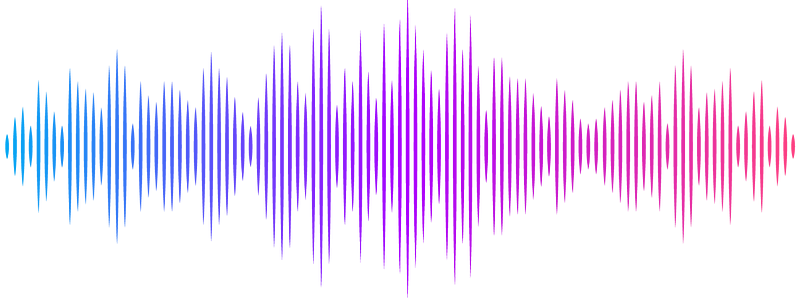Bayesian Inference of Core Properties of Hybrid Stars from Future High-Precision Measurements of Their Radii

Bayesian Inference of Core Properties of Hybrid Stars from Future High-Precision Measurements of Their Radii
Bao-An Li, Xavier Grundler, Wen-Jie Xie, Nai-Bo Zhang
AbstractFuture high-precision X-ray and gravitational wave observations of neutron stars (NSs) are expected to measure NS radii to better than $\sigma=0.1$ km accuracy, providing unprecedented opportunities to extract novel information about the nature and equation of state (EOS) of supradense matter in NS cores. Within a Bayesian framework using a meta-model for NS EOS encapsulating a first-order hadron-quark phase transition and satisfying all known constraints from both nuclear physics and astrophysics, we investigate how NS radius data with higher precision may better inform us about (1) the NS crust-core transition density $\rho_{cc}$, (2) the hadron-quark transition density $\rho_t$, quark matter fraction $F_{\rm{QM}}$ and its radius $R_{\rm{QM}}$, and (3) high-density NS EOS parameters. Using fiducial NS radius data with mocked precisions varying from $\sigma=1.0$ km to 0.1 km, we found (a) the most probable crust-core transition density $\rho_{cc}$ and its 68\% confidence boundaries are essentially unaffected by $\sigma$ especially for massive NSs; (b) our answers to the questions (2) and (3) listed above depend sensitively on the prior range of hadron-quark transition density $\rho_t$ assumed. Using its fiducial range of $(1.0-6.0)\rho_0$, the posterior PDF($\rho_t$) has a major peak around $(1.7-2.0)\rho_0$ that is sufficient but unnecessary in describing all existing NS radius data, and a minor peak around $(3.0-5.0)\rho_0$ consistent with the indication about $\rho_t$ of recent Beam Energy Scan Experiments at RHIC. Narrowing down the prior range of $\rho_t$ to $(3.0-6.0)\rho_0$, NS radius data with smaller $\sigma$ can constrain more stringently the posterior PDF($\rho_t$), $F_{\rm{QM}}$, $R_{\rm{QM}}$ and several high-density hadronic EOS parameters.